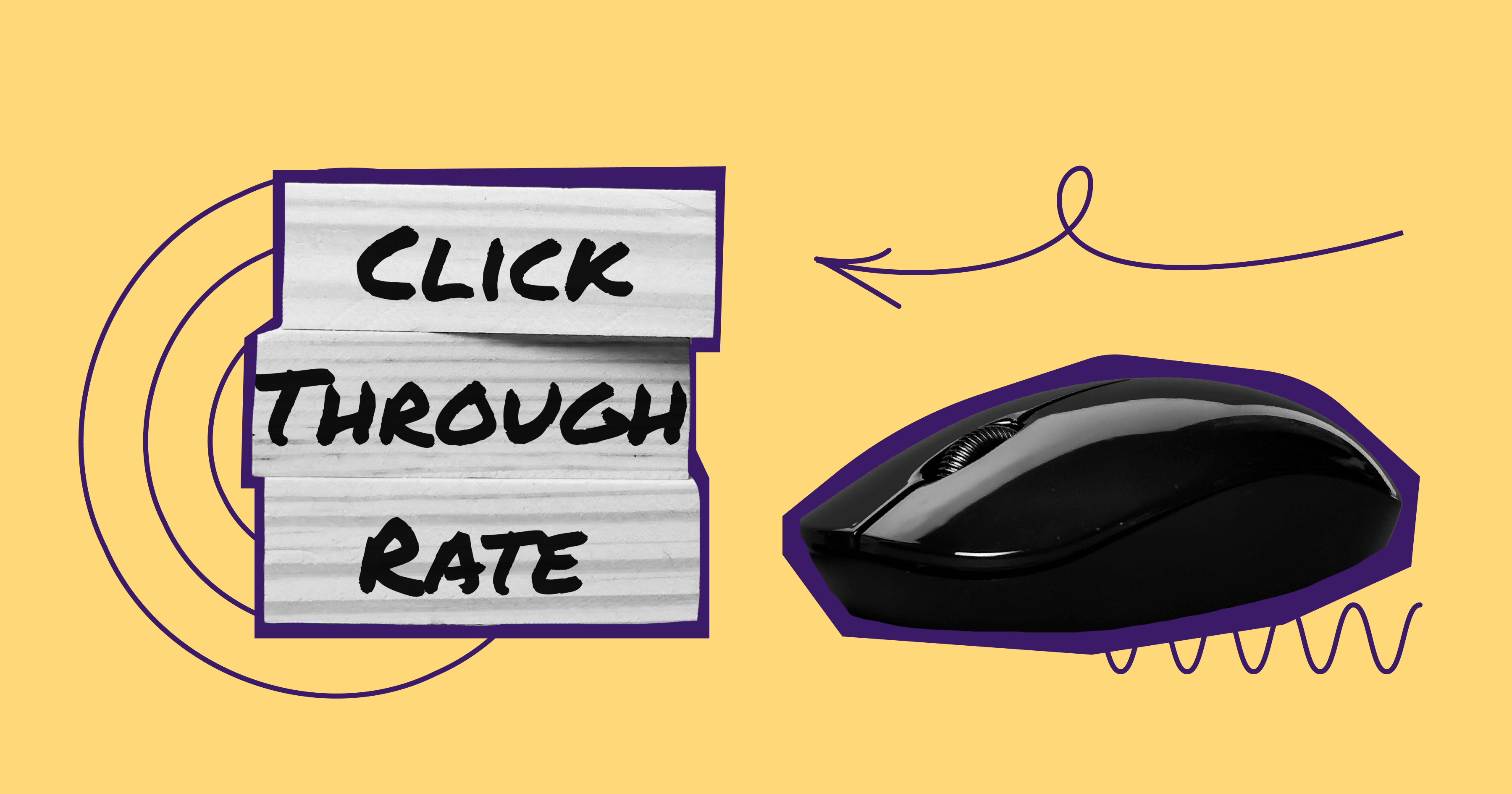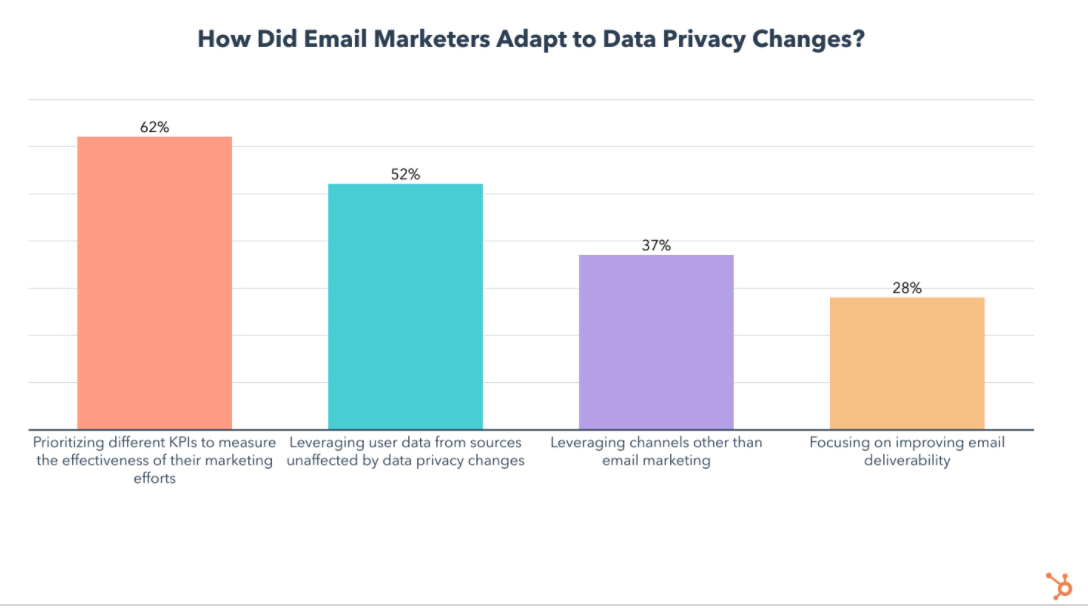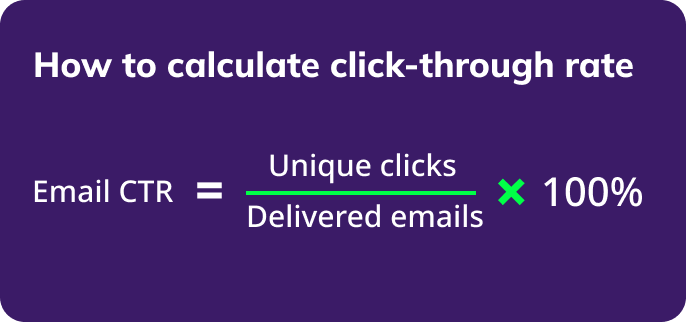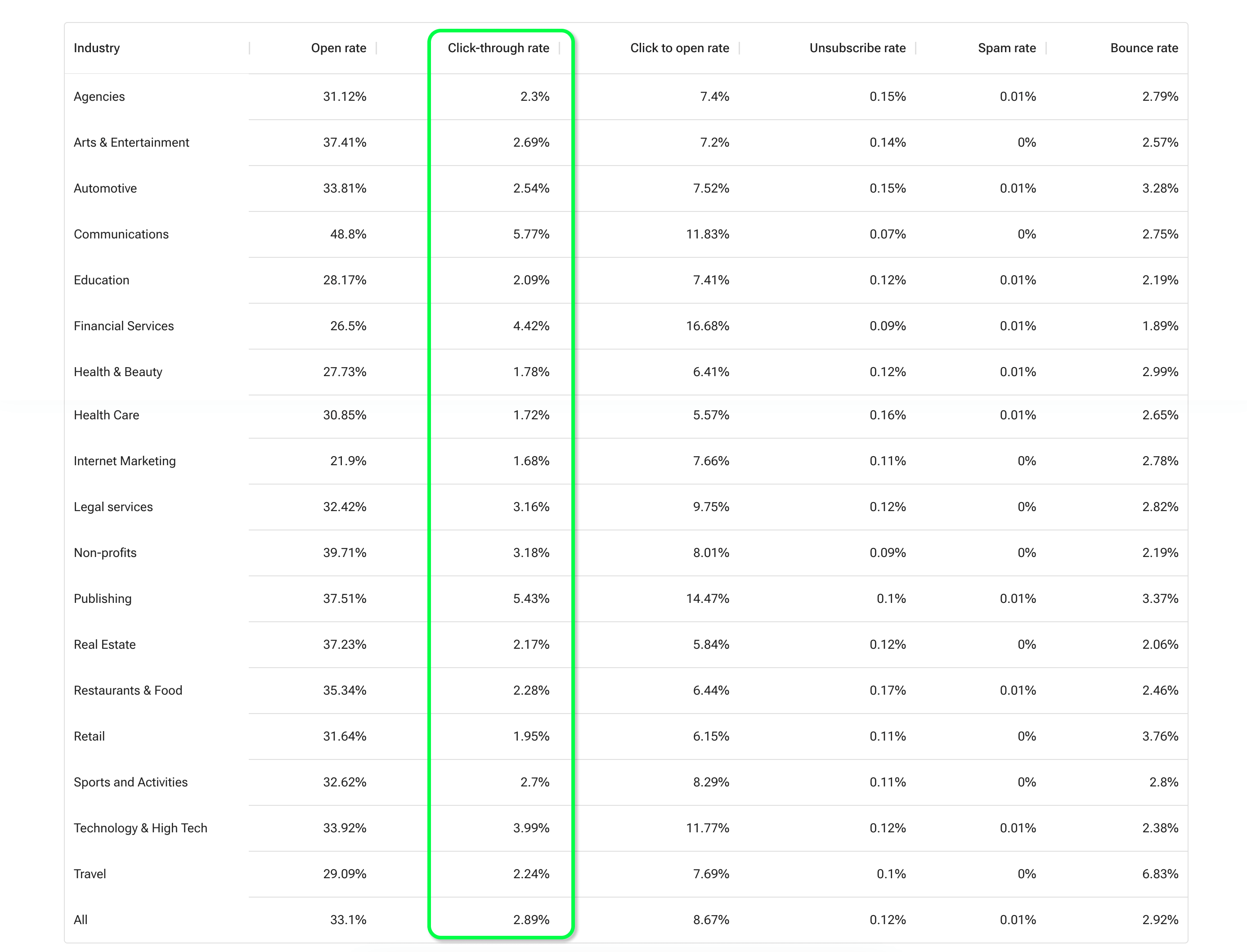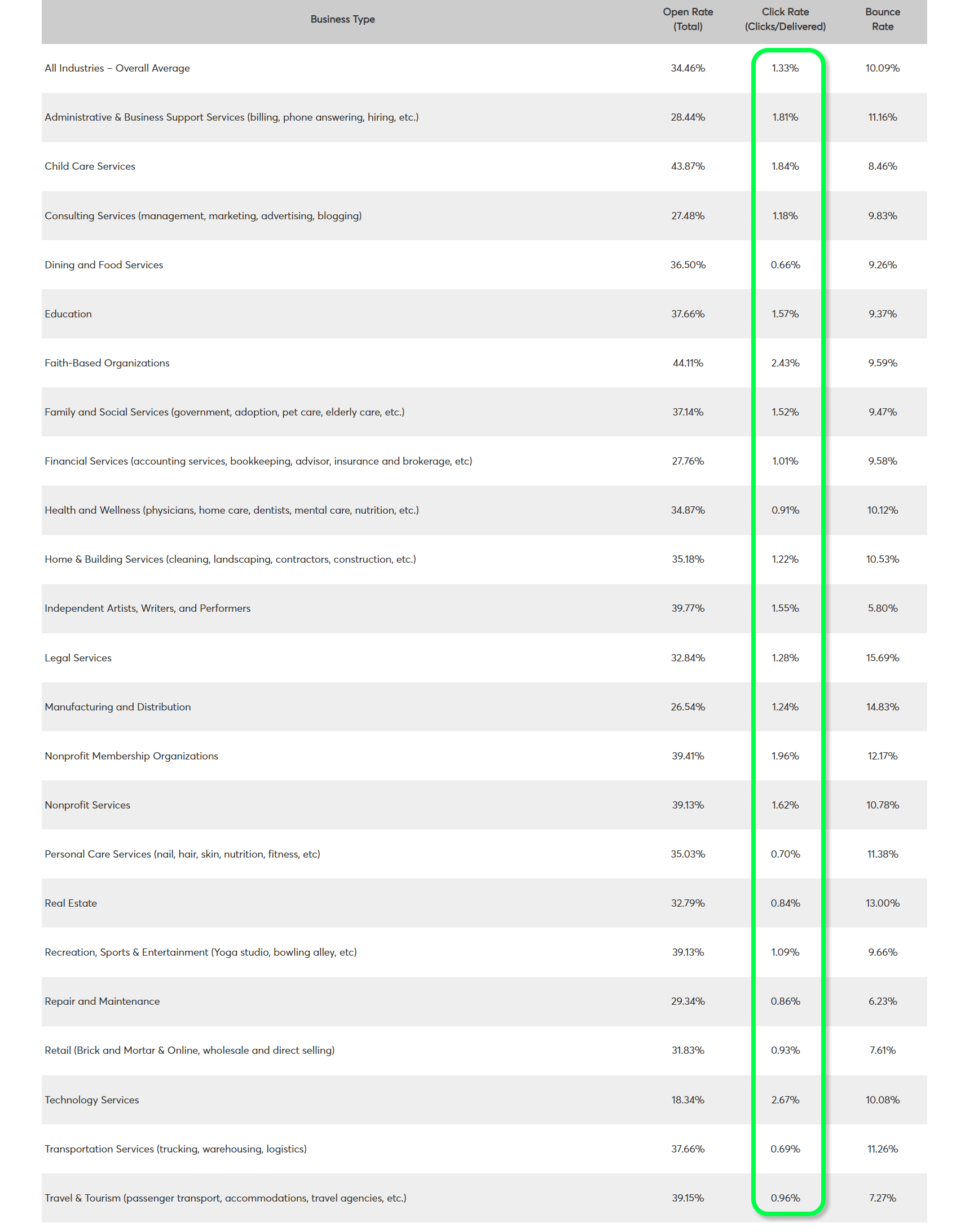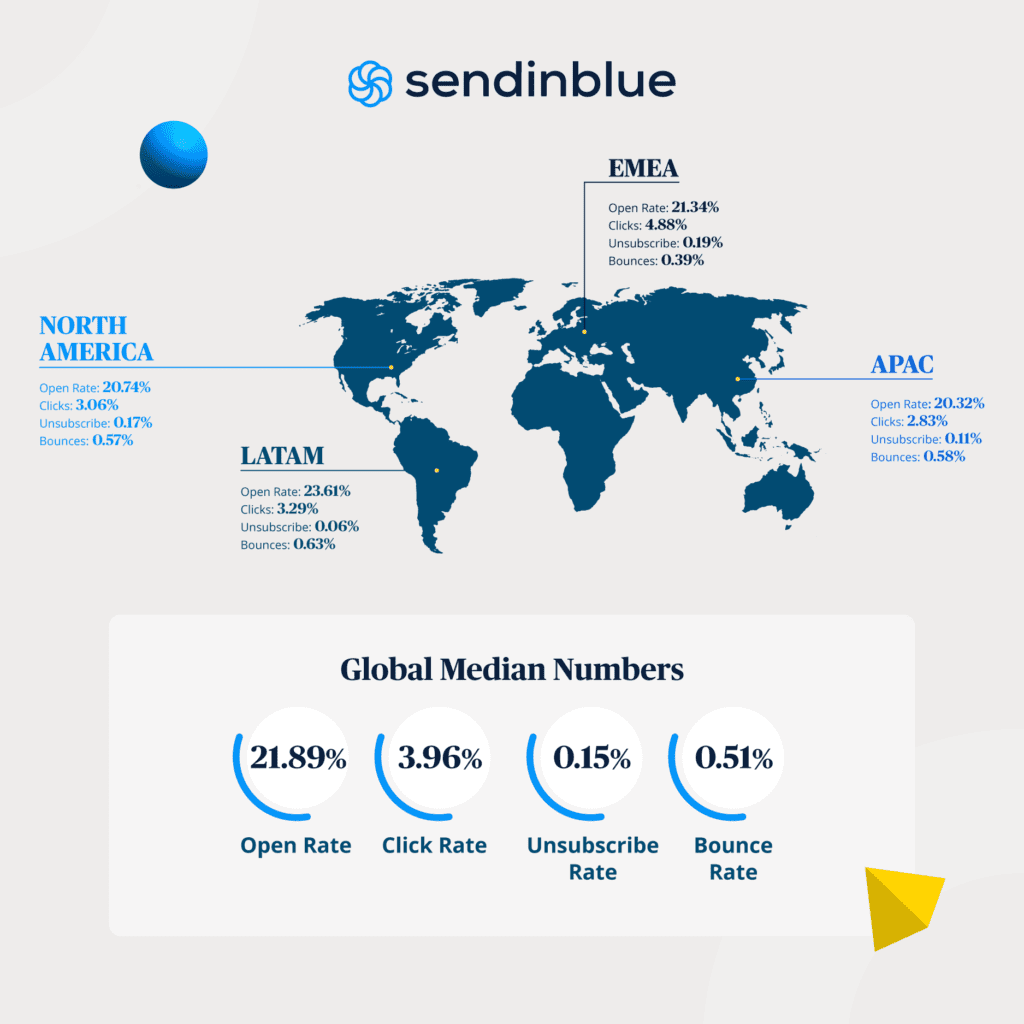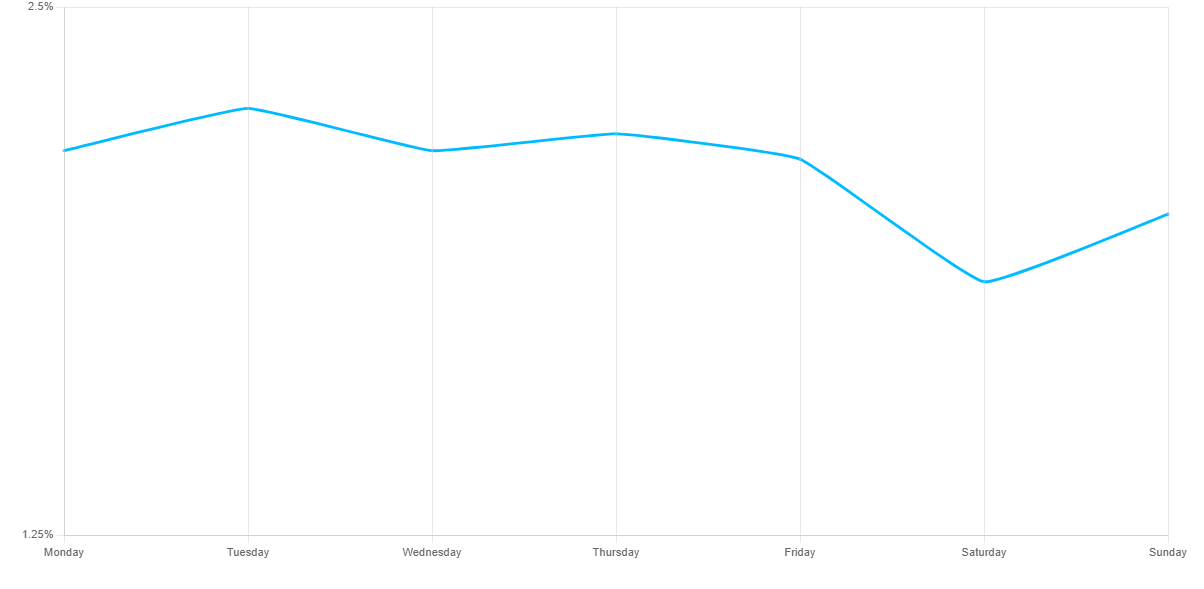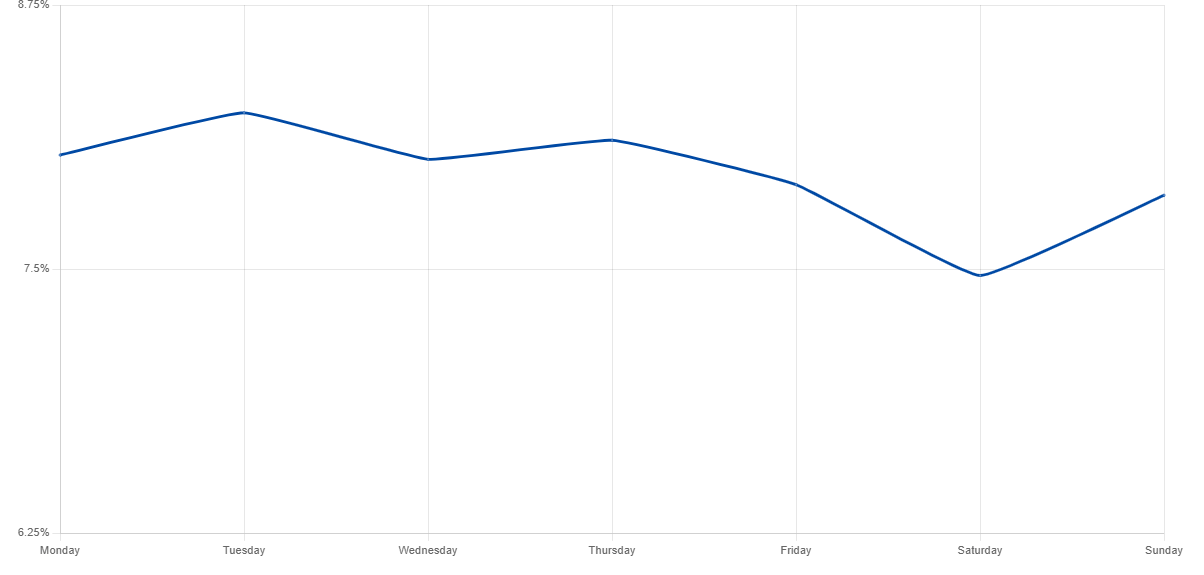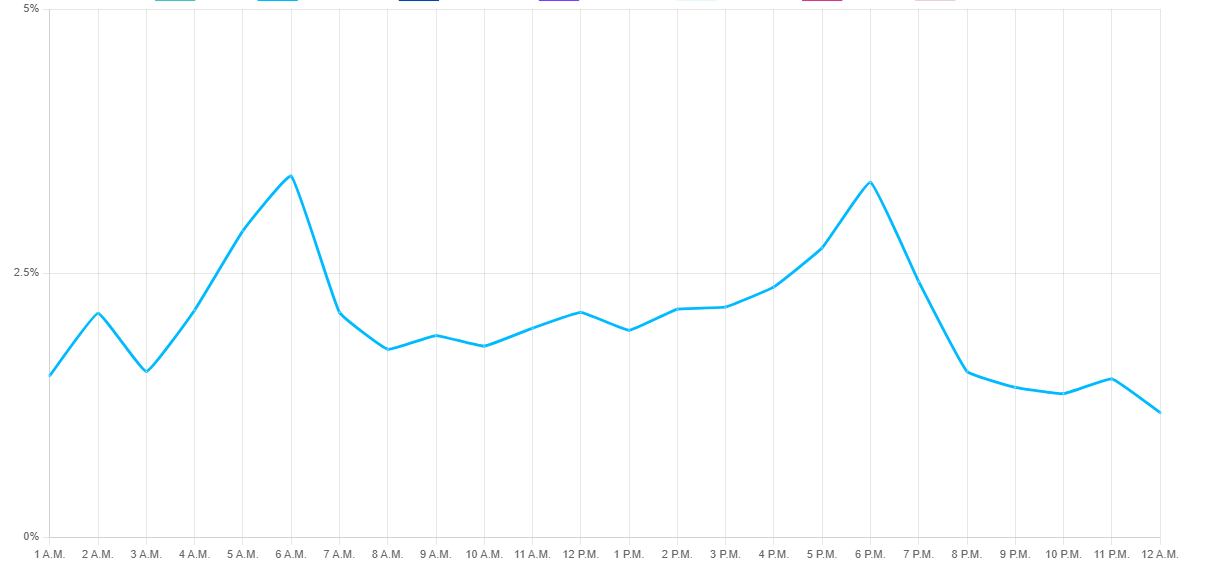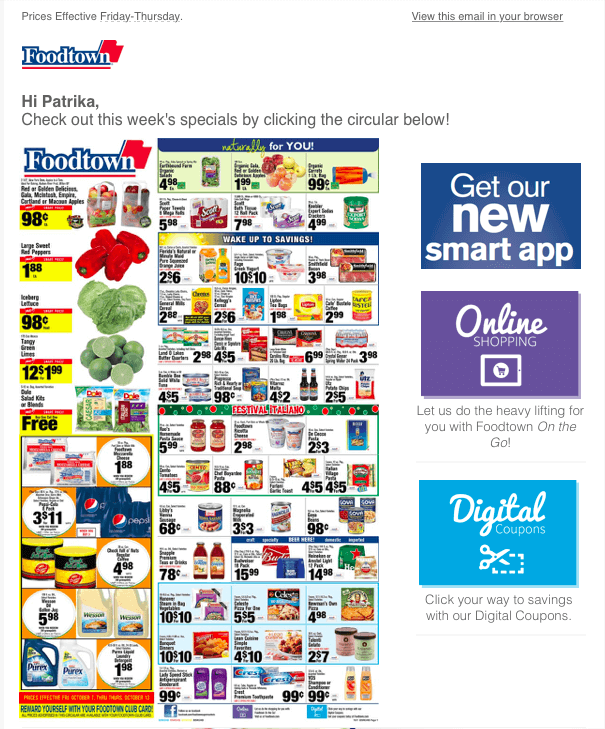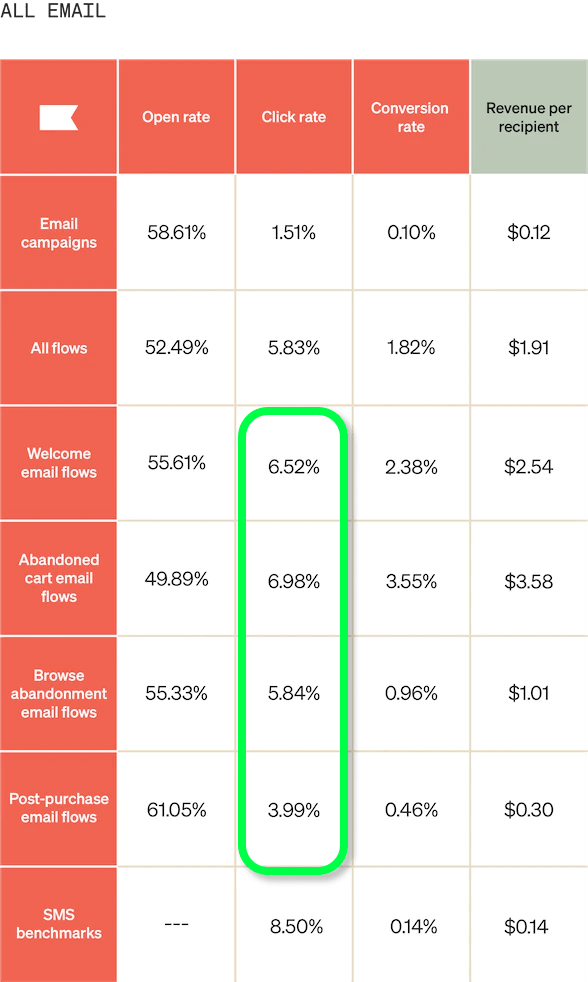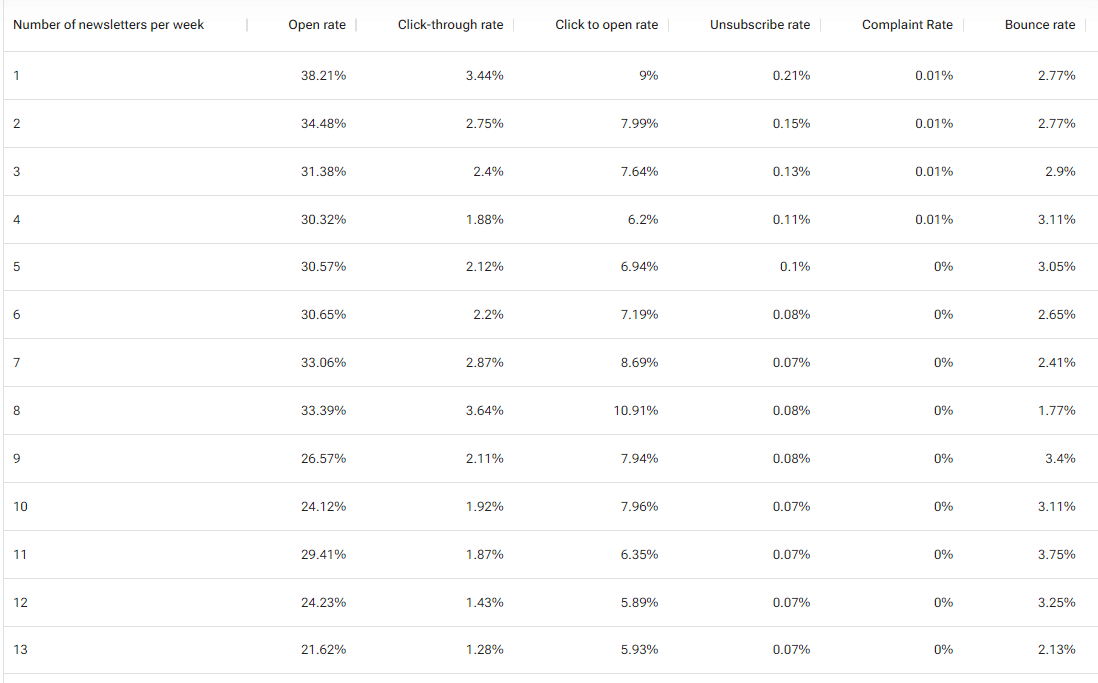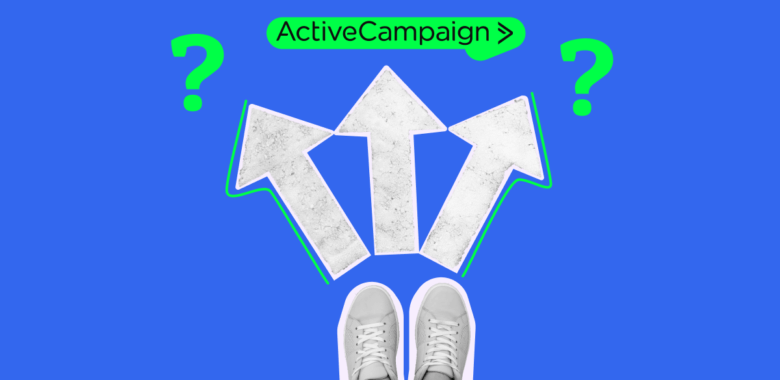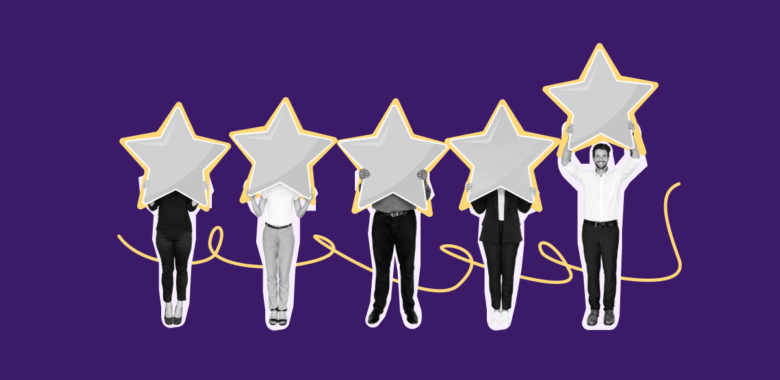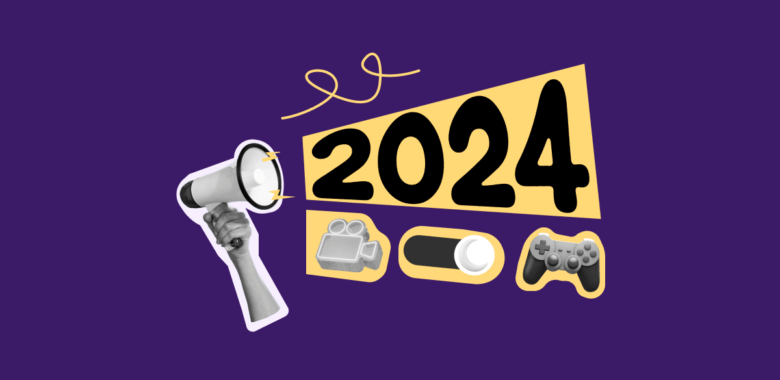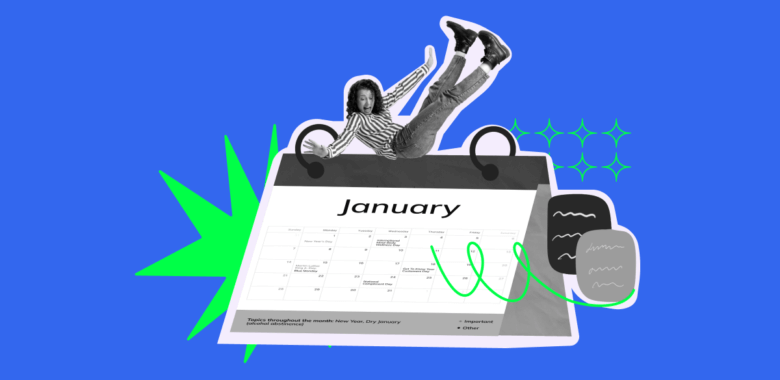Why open rate is unreliable in 2023
In 2021, Apple released the iOS 15 update that included:
- Customizable Mail Privacy Protection that allows users to mask their IPs and block third-party sources from tracking email data. For email marketers, it looks like ridiculously high open rates — emails received via Apple Mail automatically count as “opened”.
- The Hide My Mail feature that allows users to give out fake email addresses to brands.
- The iCloud+ update that prevents tools for analytics from tracking Safari users’ website behavior.
These data privacy changes imply that the open rate has turned into a meaningless number. It doesn’t show how many people actually opened your email, especially if most of your subscribers use Apple Mail. So, you can’t estimate your effectiveness using this metric. Even worse, A/B testing subject lines is unreliable as well. You can’t attribute the differences in open rates to emojis, personalization, or whatever your hypothesis is.
How do email marketers cope with these updates? Let’s take a look at the HubSpot 2022 survey results:
